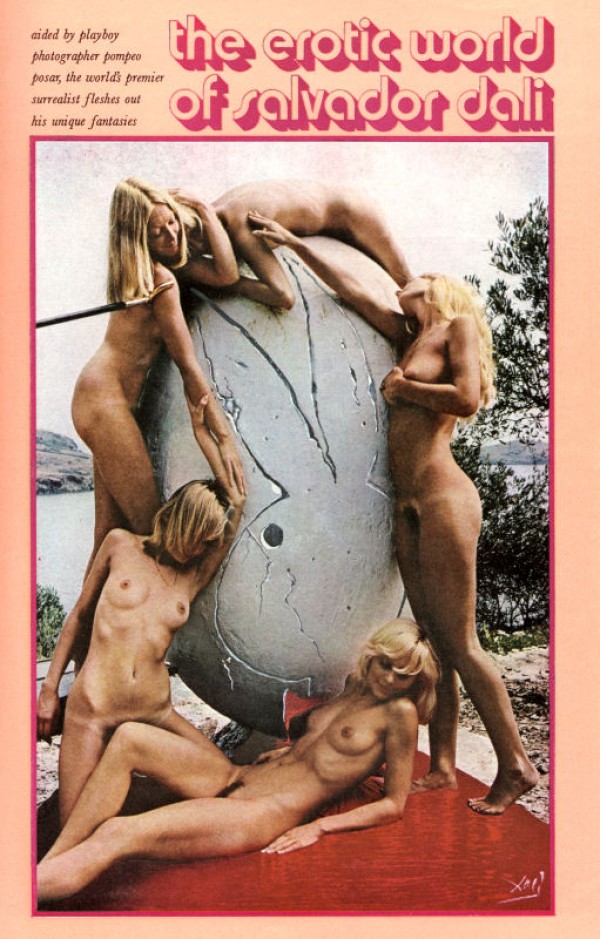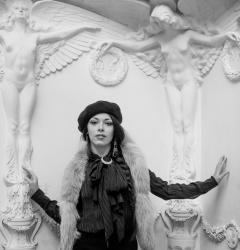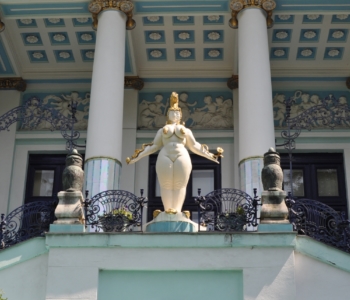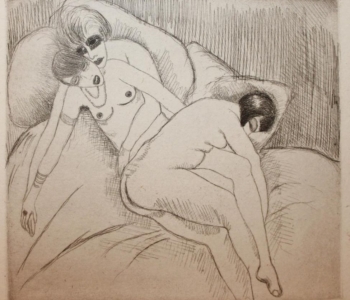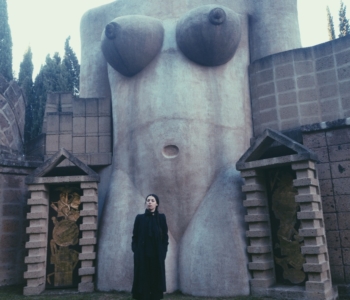This work Salvador Dalì did for the december issue of Playboy in 1974 really impressed me.
The erotic theme currently appeared in his artworks, but this is different because he did it for money so the theme was not his own decision. That’s why he said “The meaning of my work is the motivation that is of the purest– money. What I did for Playboy is very good and your payment is equal to the task.”
It’s perfectly clear the oriental inspiration, indian (2nd pic) and japanese (last pic), but I think that, in some way, he wanted to represent the Origins, simbolyzed by the big egg. Also the endless snake can be associated to the Bible myth of the Origins, supported by the naked girls around, sort of modern Eve. But this mytical egg has the Playboy rabbit logo impressed on it so is money the origin of anything? Surely it’s more complex than this.
Anyway this is an exemple of how an artist can always express himself not being enslaved by the client. The dream reveals the surrealist imaginery in all its kitsch and grotesque aesthetic with a bit of pop influence (the Coca-Cola bottle in the 2nd pic).
 Virgin auto-sodomized by the Horns of Her Own Chastity 1954
Virgin auto-sodomized by the Horns of Her Own Chastity 1954
During the 1950s, Dalí painted many of his subjects as composed of rhinoceros horns. Here, the Young Virgin’s buttocks consist of four converging horns; “as the horns simultaneously comprise and threaten to sodomise the callipygian figure, she is effectively (auto-)sodomised by her own constitution.”
Dalí’s inspiration for the image appears to have come from Vermeer, one of a handful of artists regarded by Dalí as masters. Specifically, Vermeer’s The Lacemaker seems to have been the galvanising element, with its convergent curves which focus on the subject’s fingers and so to the penetration point of her needle – which as Dalí has pointed out is merely implied and not actually painted. In a stunt, Dalí set up his easel before Vermeer’s original with the expressed intent of making a copy. The result however was this painting, which consciously uses Vermeer’s focal-point arrangement, albeit to entirely different effect.
The painting, formerly in the collection of The Playboy Mansion, recalls his depiction of his sister Ana María in Figure at a Window (1925), and has therefore been read by some critics as a nasty jab at his sister, punishing her for publishing a biography on Dalí that presented a quite negative point of view; it has also been interpreted as a painting of Gala, though in fact the figure is based on a photograph from a 1930s sex magazine.
In 1958, Dalí wrote, “Paradoxically, this painting, which has an erotic appearance, is the most chaste of all.”
source: wikipedia

